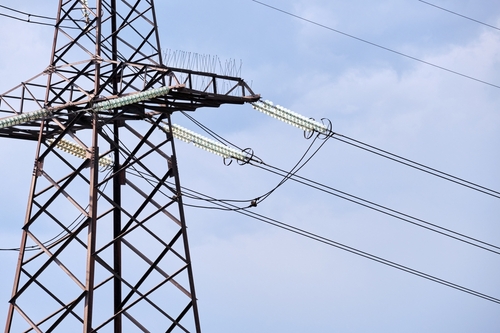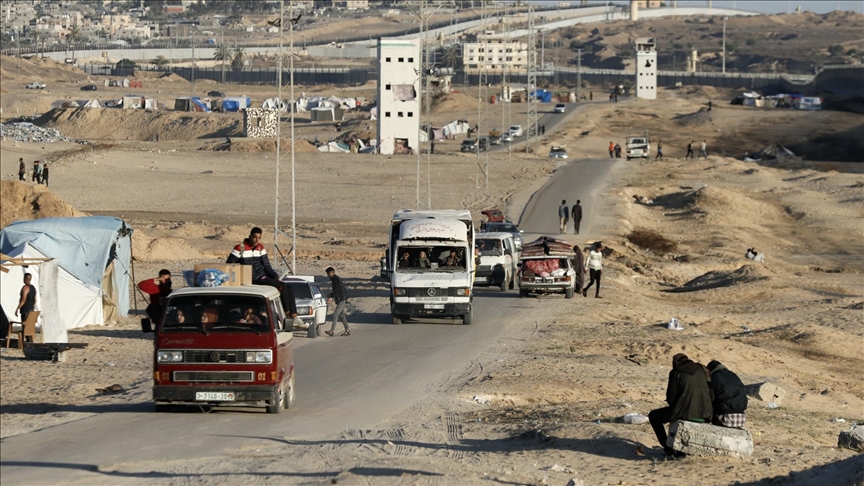NARUC report: A call to action to strengthen the country’s interregional transmission infrastructure

© Shutterstock
A recent report by the National Association of Regulatory Utility Commissioners (NARUC) said the United States must take steps to expand its interregional transmission infrastructure to prepare for the massive transformation of its electricity system.
The 54-page report, “Collaborative Enhancements to Unlock Interregional Transmission,” concludes that steps should be taken to identify advantageous interregional transmission opportunities through planning, enable evaluation and accurate assessment of these projects in the permitting process, and operate these projects in a way that will maximize system benefits once they are operational.
“If these steps are not taken, the consequences could include the development and operation of a more expensive grid (on both the generation and transmission sides), an increased frequency of outage events, and the introduction of disruptive solutions such as federal preemption that limit states’ ability to advocate for transmission that meets their specific needs and priorities,” the report said.
After a decade of relatively constant electrical load across the country, expectations for load growth have risen sharply, according to NARUC. The company attributes the growth to the trend toward electrification, increasing industrial development and rising demand from data centers.
At the same time, the aging fossil-fuel-fired generator fleet is nearing retirement, driven by clean energy and carbon dioxide reduction goals at the state and federal levels.
“Utility commissions recognize the critical importance of proactively planning our electricity infrastructure to meet evolving demands,” said Andrew French, chairman of the Kansas Corporation Commission and co-author of the report. “As our existing grid is forced to respond and adapt to new demands, regulators are increasingly interested in assessing how new interregional transmission infrastructure can provide value to customers.”
The report, French said, provides public utility commissions (PUCs) with a timely assessment of the barriers preventing sound interregional transmission planning, including those in the planning, permitting and operational frameworks. It also offers potential solutions for regulators and other stakeholders, he added.
“By identifying practical solutions to improve interregional transmission capacity within our jurisdiction and our influence as a state regulator, the report provides us with important strategies to ensure reliable and efficient electricity delivery across all jurisdictions,” French said.
Further progress is needed in the construction of interregional transmission networks, as these are crucial for the efficient integration of renewable energy sources and a balanced electricity supply between regions, the report says.
“Robust regional and interregional transmission planning is critical to providing affordable and reliable energy to communities across the country,” said Maria Robinson, director of the U.S. Department of Energy’s Grid Deployment Office, which helped prepare the report.
“Public utility commissions need practical solutions for identifying key interregional transmission projects to ensure that power gets from where it is generated to where it is needed most, when it is needed most,” she said.
Robinson also noted that partnerships at the federal, state and local levels are needed to achieve the “shared goal” of a more reliable and cost-effective power grid that can better cope with aging infrastructure, weather extremes and a changing energy landscape.
The report’s solutions include promoting a flexible framework that takes regional nuances into account to overcome existing and yet-to-be-identified obstacles.
Such “actionable approaches” could increase the likelihood of successful development of interregional transmission projects, says Danielle Sass Byrnett, executive director of the NARUC Center for Partnerships & Innovation.
“These potential solutions are designed to be customized to accommodate regional differences while better leveraging the benefits of improved transmission capacity for all systems involved,” Byrnett said.
The report is supported by a cooperative agreement with the Department of Energy Grid Deployment Office and was developed in collaboration with stakeholders from state governments, federal agencies, and planning regions.



